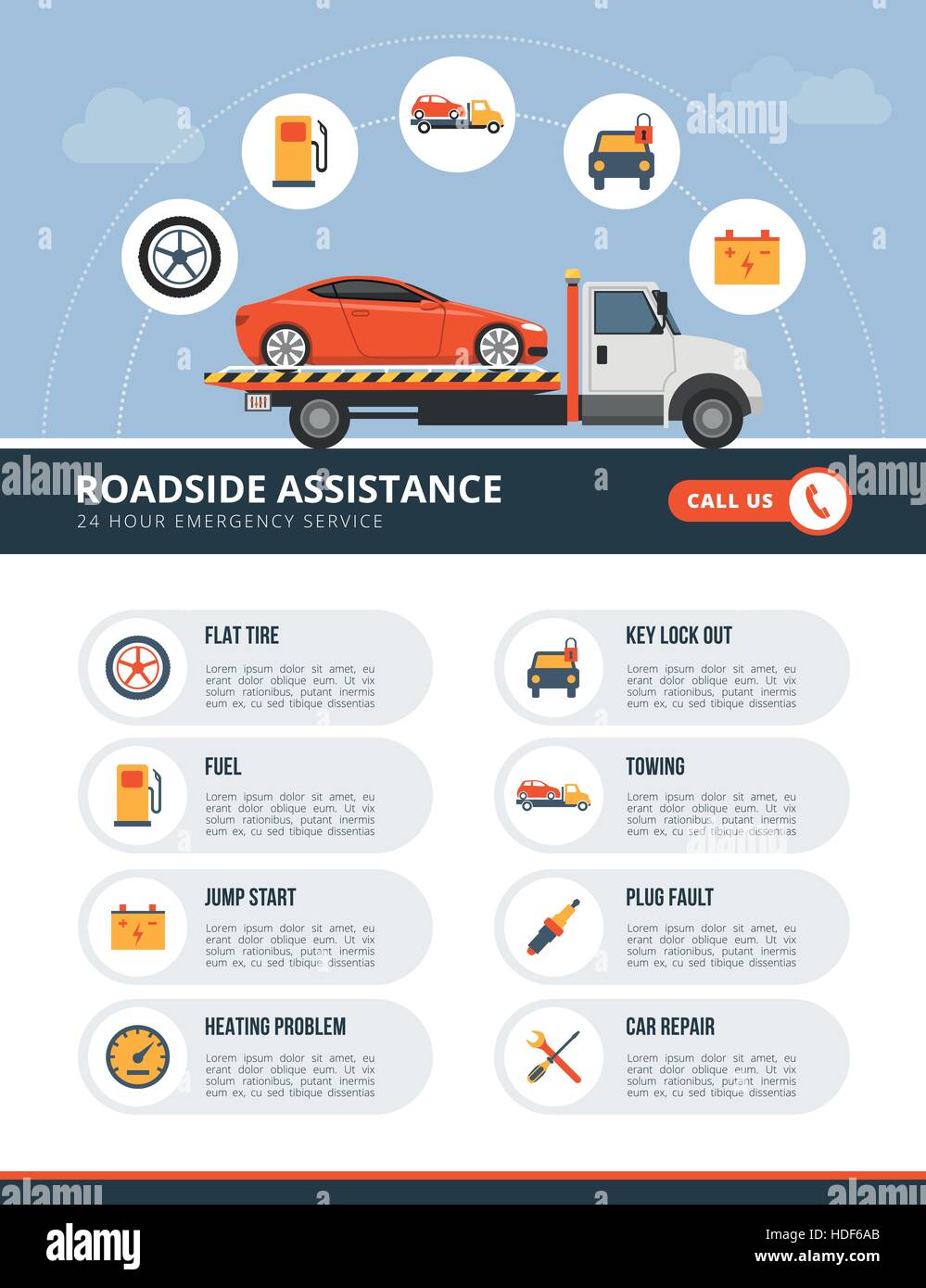When you lag the wheel, those beautiful caution lights on your dashboard can be a bit puzzling. Do you recognize what they're trying to inform you about your automobile's wellness? Recognizing the importance of these lights is crucial for your safety and the longevity of your automobile. So, the next time among those lights pops up, wouldn't you wish to understand its message properly and take the required steps to address it?
Common Warning Lighting and Interpretations
Identify usual warning lights in your cars and truck and comprehend their meanings to guarantee risk-free driving.
The most regular warning lights include the check engine light, which indicates issues with the engine or emissions system. If this light comes on, it's critical to have your lorry inspected immediately.
The oil pressure cautioning light indicates low oil stress, requiring prompt focus to prevent engine damage.
A flashing battery light could recommend a faulty billing system, possibly leaving you stranded if not dealt with.
please click the next webpage tracking system (TPMS) light alerts you to reduced tire pressure, influencing vehicle security and fuel performance. Disregarding this can cause unsafe driving conditions.
The abdominal light indicates a trouble with the anti-lock braking system, compromising your capability to quit swiftly in emergency situations.
Finally, the coolant temperature cautioning light warns of engine getting too hot, which can cause severe damages otherwise dealt with quickly.
Understanding these typical warning lights will certainly aid you attend to issues immediately and maintain risk-free driving problems.
Significance of Prompt Focus
Comprehending the typical caution lights in your cars and truck is just the primary step; the significance of promptly resolving these warnings can't be stressed enough to ensure your safety and security when traveling.
When a warning light illuminates on your control panel, it's your vehicle's way of interacting a prospective issue that needs attention. Overlooking these warnings can lead to more serious troubles down the road, endangering your safety and potentially costing you a lot more out of commission.
Trigger interest to advising lights can avoid breakdowns and accidents. As mobile car valet auckland , a blinking check engine light could show a misfire that, if left unattended, might cause damages to the catalytic converter. Resolving this quickly can conserve you from an expensive repair.
In a similar way, a brake system warning light might signal low brake liquid or worn brake pads, important parts for your safety when driving.
Do It Yourself Troubleshooting Tips
If you discover a warning light on your dashboard, there are a few do it yourself fixing tips you can try before seeking professional help.
The very first step is to consult your auto's guidebook to understand what the particular caution light indicates. Sometimes the concern can be as simple as a loosened gas cap triggering the check engine light. Tightening the gas cap may deal with the problem.
mouse click the following web site is a low battery, which can set off different cautioning lights. Examining the battery links for rust and guaranteeing they're secure could fix the problem.
If a caution light continues, you can attempt resetting it by separating the auto's battery for a few mins and then reconnecting it. Additionally, inspecting your car's liquid levels, such as oil, coolant, and brake liquid, can assist troubleshoot warning lights associated with these systems.
Final thought
To conclude, comprehending your vehicle's warning lights is necessary for keeping your car running smoothly and securely. By immediately addressing these signals and knowing what they mean, you can avoid costly fixings and possible malfunctions.
Remember to consult your cars and truck's guidebook for specific details on each cautioning light and do something about it accordingly to ensure a trouble-free driving experience.
Keep notified, remain safe when driving!
